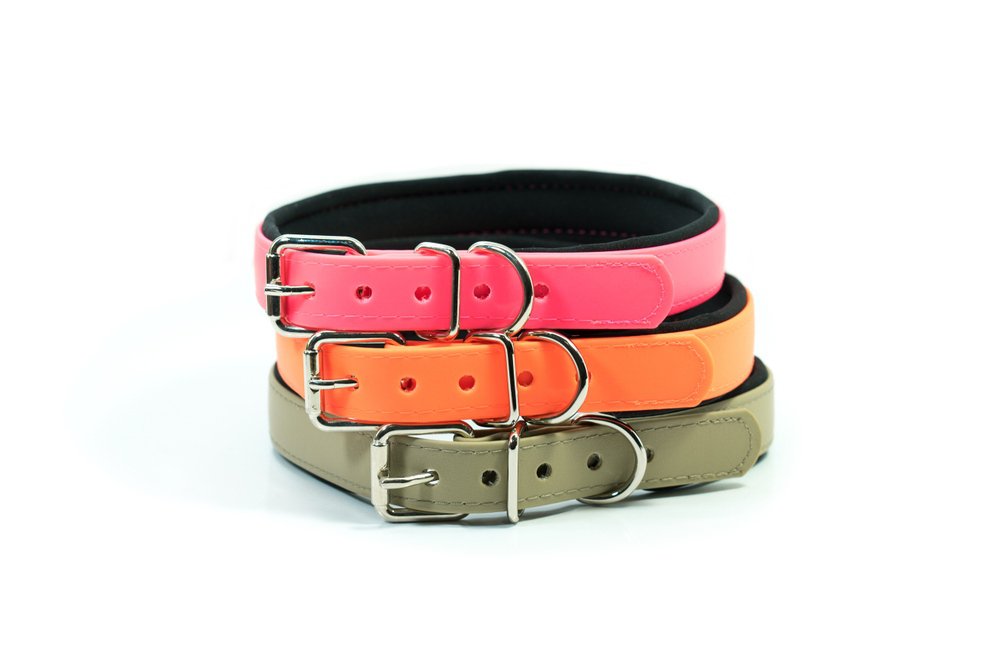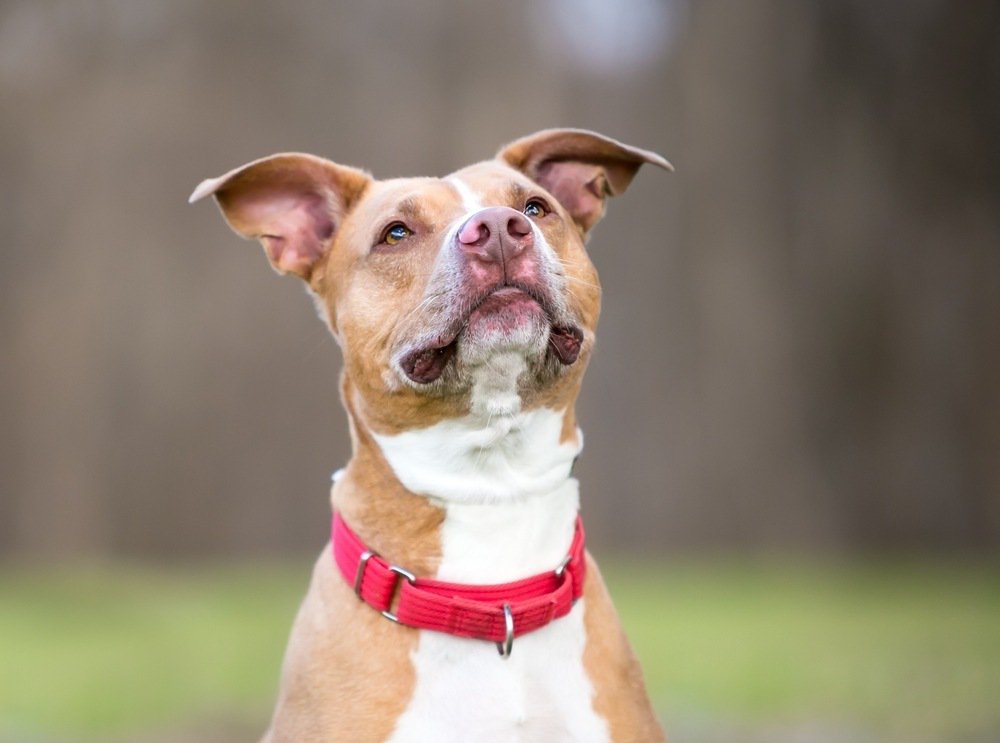Collar or Harness: Which Is the Right Choice For Your Dog?
Standard Flat or Rolled Collars

Some of the most popular collars out there, such as standard flat or rolled collars, come in an endless array of designs and colors. They're often made out of nylon or leather and should fit your dog's neck comfortably – not too tight or too loose. As a fitting guide, you should be able to slip two fingers underneath the collar. These types of collars can slip off more easily than some others, especially with dogs like Greyhounds or Whippets who have larger necks and smaller heads. These collars are not ideal if your puppy or dog is a big puller when on walks, as they can actually damage your pet's trachea.
Martingale Collars
This collar is like a combination of a flat collar and a choke collar. Martingale collars are made up of two loops: a larger and a smaller one. The larger loop goes around the dog's head, while the leash attaches to the smaller loop. When the dog pulls, the collar tightens, but without getting too tight and causing discomfort. This type of collar is a good option for dogs with narrow heads, like Greyhounds and Whippets as it's much harder to slip out of than a standard flat or rolled collar. The Martingale collar is also beneficial if you have a nervous dog who tries to back up during walks.

Harnesses

Harnesses are available in a multitude of designs and can be front or back clipped. Front-clip harnesses can help with minimizing pulling on walks, while back-clip harnesses are only recommended for dogs that have mastered walking with their pet parents. That's because back-clip harnesses can encourage pulling. Harnesses are a good choice for dogs with neck, back, or airway problems as they don't put pressure on the dog's neck. They're also especially helpful for short-nosed dogs, like Pugs, or toy breeds, like Chihuahuas.
No matter which collar or harness you choose, it's important to have your pet's ID tag attached to it. ID tags can include information like your pet's name, your phone number, the address or city you are located in, and additional information like "I'm microchipped", or if they have any special needs. If your puppy is going into their crate or being left unattended in the house, always remove their collar or harness first. It can be dangerous to leave any collar or harness on when unsupervised.

If you need help picking out the right collar or harness for your pup, let us know! The experts at The Puppy Palace are here to help!
